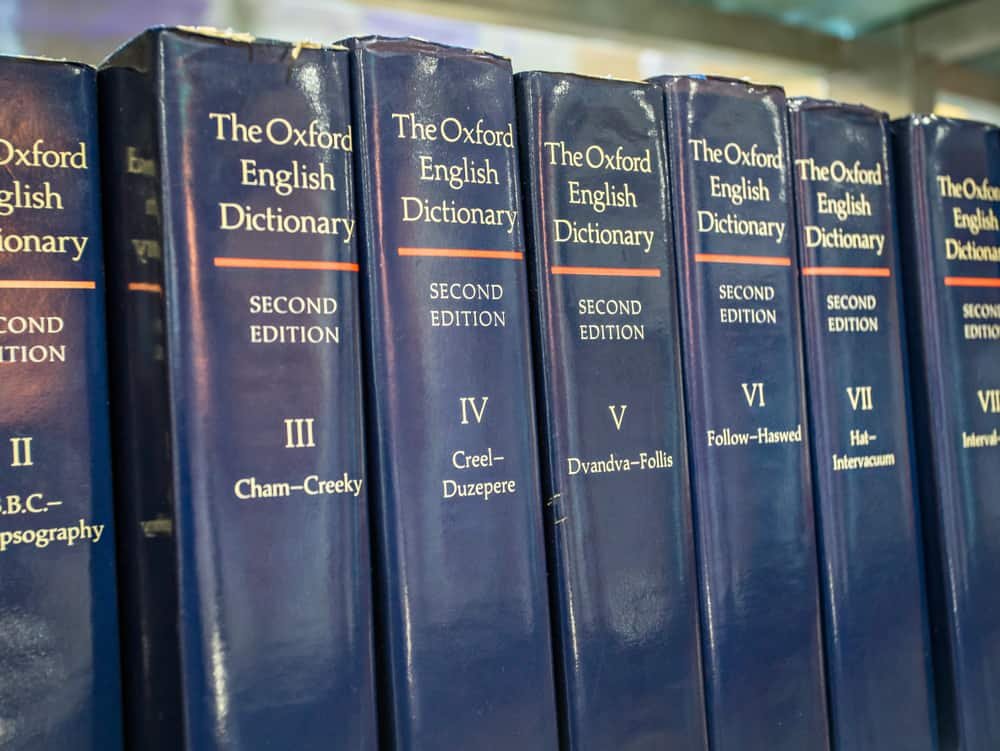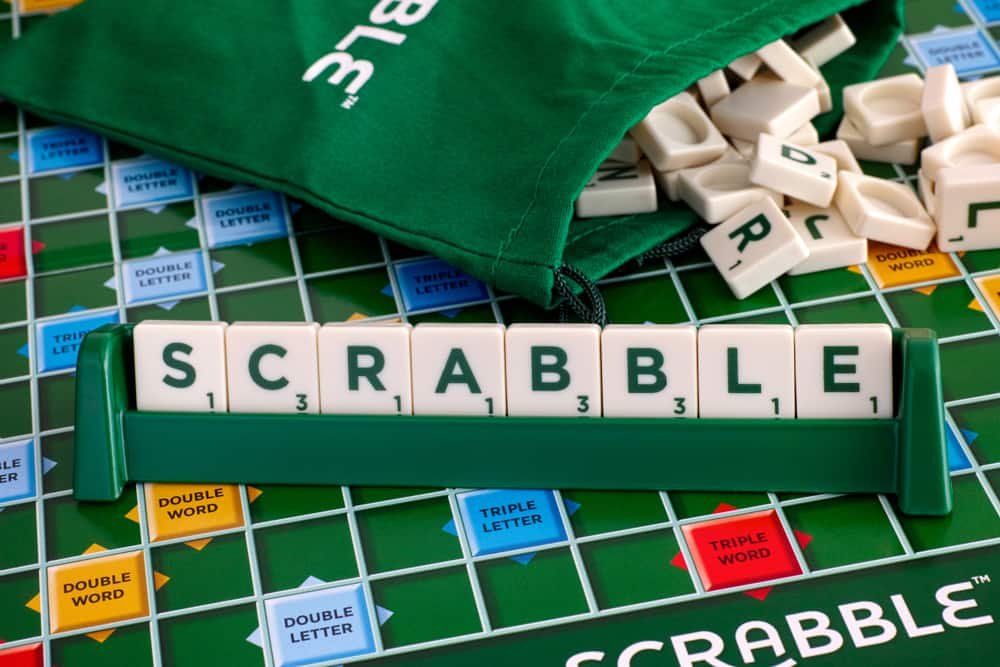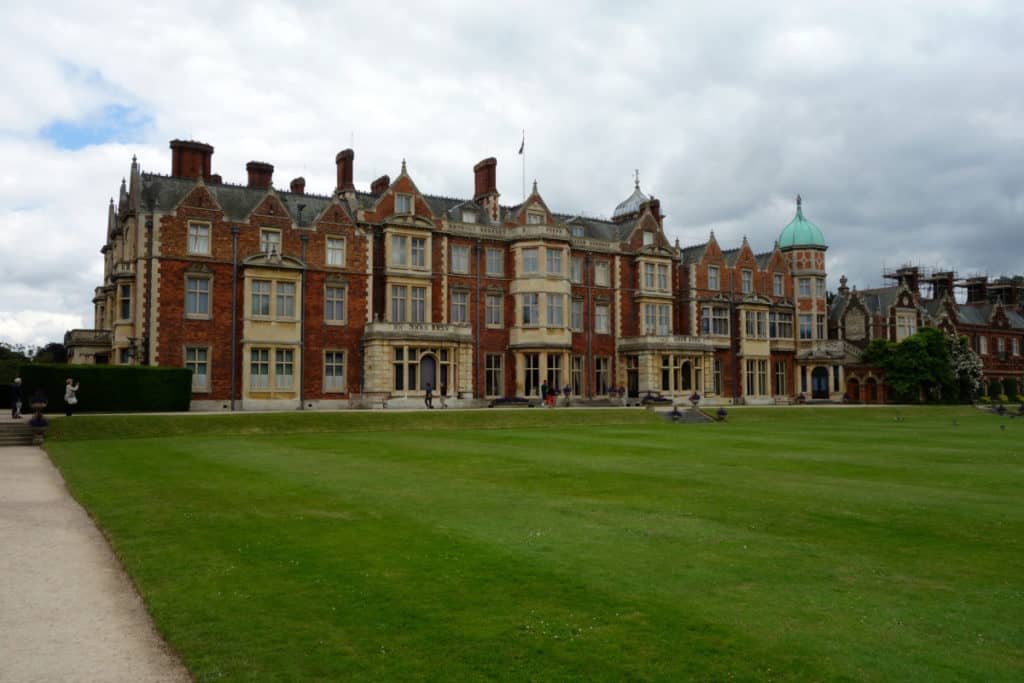Last Updated on January 7, 2024 by Gamesver Team and JC Franco

Crossword puzzles are a fun way to pass the time, but surely they are more than that? There was a time when I was intrigued by the history and origins of crossword puzzles, and I started to do a bit of research. During my searches, I came across a variety of fun facts about crossword puzzles that were interesting and thought-provoking too. There was just so much that I didn’t know. I bet there is actually a lot that you do not know about crossword puzzles too, but don’t worry; you are about to find out!
Every time I tell someone a fun, new fact about crossword puzzles, they are always interested and surprised to find that the word puzzle game they have completed time and again has such an interesting past.
Although there’s a lot to learn about crossword puzzles, the following facts are my favorite tit-bits of information. So, do you want to learn about each of the fun facts listed below? If you do, read on.
Let’s jump right into the 21 fun facts about crosswords:
1. Crossword puzzles are great for keeping brain-fit.
Crossword puzzles keep the brain fit and active. The more you do them, the better your mental health is said to be. Keeping the brain actively working can also stave off the onset or severity of Alzheimer’s disease and Dementia.

2. The first crossword puzzle ever published was in the New York World in 1913.
The very first crossword puzzle was included in the New York World newspaper as part of the entertainment section in their Christmas edition. It appeared in the newspaper on Sunday the 21st of December, 1913.
3. For a long time, the New York World was the only newspaper to print crosswords.
While crossword puzzles were a massive success for the New York World, other newspaper publications avoided them for at least a decade. This is because they were tricky to print and prone to errors, making them the bane of editor’s lives.
4. The crossword puzzle was created by Arthur Wynne.
Arthur Wynne, the creator of the crossword puzzle, was actually a journalist. He created the game from memories he had of playing an ancient word-based grid game in his youth.
5. There is a special term given to the art of creating and solving crossword puzzles.

The Oxford English Dictionary defines a person who enjoys or is skilled at crosswords as a “Cruciverbalist”.
6. At first, the crossword puzzle was called “Word-Cross”.
When Arthur Wynne created the first crossword puzzle, and it was published in the New York World, it was actually called “Word-Cross”. The name was changed due to a typo, which resulted in the hyphen being dropped and the words being switched around. Even though it was in error, the new name stuck.
7. The first crossword puzzles were diamond-shaped.
The very first versions of crossword puzzles were diamond-shaped. However, Arthur Wynne did play around with a variety of vertical and horizontal formats in the beginning.
8. The New York Times issued its first crossword puzzle in 1942.
The first crossword puzzle was only published in the New York Times in 1942. This was because most newspapers found it particularly difficult to print the puzzles. The New York Times is said to have been the biggest critic of crossword puzzles, until such time as they began publishing them too.
9. In 1926, a Budapest waiter committed suicide and left a crossword puzzle as his suicide note.
In 1926, a waiter in Budapest committed suicide and left a note and a blank crossword puzzle behind. The note said, “The solution will give you the exact reasons for my suicide and also the names of the people interested”. The solution was never figured out.
10. New York Times crossword writers are paid handsomely for their puzzles.
The New York Times pays its crossword constructors a whopping $1,500 for Sunday puzzles and $500 for weekday puzzles.

11. There are six main types of crossword puzzles.
While crosswords may go by many names, there are about six main types of crosswords. These are: cryptic crosswords, blocked grids, barred grids, thematic crosswords, codeword crosswords, and word search.
12. The very first crossword puzzle book was issued in 1924.
Publishing house, Simon & Schuster published the very first crossword puzzle book in 1924, which consisted of all the crosswords published in the New York World. The book was so popular that it single-handedly spurred the company to instant success.
13. The longest word ever set in a crossword was 58 letters long.
The longest word ever set in a crossword was the name of a Welsh town and is Llanfairpwllgwyngyllgogerychwyrndrobwllllantysiliogogogoch.
14. During WWII, crossword puzzles were banned in Paris.
It was believed that crossword puzzles could be used to pass cryptic messages along to the enemy during WWII.
15. Scrabble is based on the same principle as crossword puzzles.
Alfred Mosher Butts created a game in the 1930s that followed a very similar principle to crossword puzzles. The game is called Scrabble.

16. Crossword puzzles were inspired by the ancient game called Word Squares (Sator Squares).
Arthur Wynne, the creator of the crossword puzzle, used to play Word Squares when he was young. He designed crossword puzzles in a similar way, except with a larger grid and instead of being given words that need to be arranged in such a way that they can be read across and down (as is the case with Word Squares), he provided clues that needed to be solved.
17. Most people learn something new with every crossword they do.
Crossword puzzles can be quick and easy, or cryptic. Either way, it is expected that you will need to ask for help or look up at least one of the answers. And that is great because you are guaranteed to learn something new.
18. Roger Squires is said to have published the most crossword puzzles in the world.
Roger Squires (aka Rufus) in Britain is said to have compiled about 75,000 crosswords with over 2 million clues. His puzzles have been distributed in 33 countries.
19. The Times reported in 1925 that the Royal Family was addicted to crosswords.
In January 1925, The Times newspaper reported the following: “The crossword puzzle craze has extended to Sandringham, where it is stated that Queen Mary has taken up the pastime. The lesser members of the royal family are also addicted to the word hunting game.” This only confirmed the fact that crossword puzzles were the “in thing” at the time.

20. The oldest constructor of the Times crossword puzzle was 100 years old.
The oldest person to ever compile a published crossword puzzle was Bernice Gordon. Her very last puzzle was released in December 2014 when she was almost 101 years old.
21. The largest published crossword had 244,971 squares.
The largest published crossword puzzle was created by Nikoli Co., LTD from Japan, in June 2016. The grid had 244,971 squares and 66,666 clues.
Get Puzzling Over the Latest Crossword
How many of these facts did you already know? I must admit that I only knew a handful of them!
So… that is enough fun facts about crossword puzzles for now. Now that you have learned a great deal more about most people’s favorite pastime, it is time to get puzzling over the latest crosswords yourself. Good luck!

